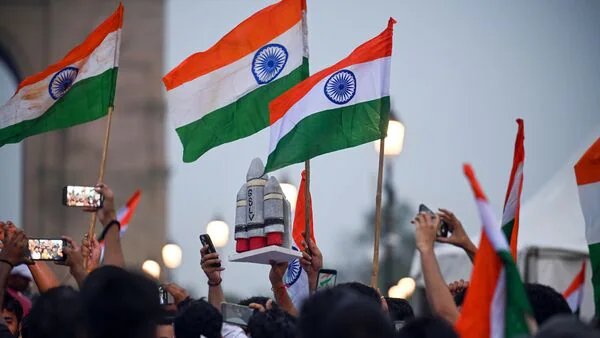Context:
Recently, India has officially surpassed Japan to become Asia’s third most powerful country, according to the 2024 edition of the Asia Power Index (API) released by Australia’s Lowy Institute.
More on the News:

- The rise of India in the Asia Power Index reflects its expanding capabilities in several key areas, including defense, diplomacy, and economic growth.
- It shows that India is becoming a dominant force in the region and global stage with aspirations of becoming a potential superpower.
About Asia Power Index:
- Since 2018, the index has been launched Annually by the Lowy Institute.
- The Index ranks 27 countries and territories in terms of their capacity to shape their external environment.
- The 2024 edition included Timor-Leste for the first time.
- The project evaluates international power in Asia through 131 indicators across eight thematic measures:
1. Resource-based determinants of power: It evaluates what countries have. It includes the first four measures of the Index — Economic Capability, Military Capability, Resilience, and Future Resources.
2. Influence-based determinants of power: It evaluates what countries do with what they have. The next four measures — Economic Relationships, Defence Networks, Diplomatic Influence, and Cultural Influence.
Key drivers behind India’s rise:
- Economic Growth: India’s status as one of the world’s fastest-growing major economies, bolstered by its dynamic workforce and initiatives like “Make in India”.
- Military Modernization: Significant investments in upgrading defense capabilities, including advanced missile systems and an expanding naval presence.
- Diplomatic Influence: Active participation in international forums such as the UN, G20, BRICS, and Quad, enhancing global footprint.
- Technological Advancements: Progress in space exploration, renewable energy, and IT sectors, cementing India’s position as a tech leader.
- Cultural Soft Power: The global reach of Indian culture, including Bollywood and yoga, contributes to its rising soft power.
Challenges on India’s road to superpower status:
- Income Disparities: Persistent wealth inequality, particularly in rural areas, posing risks to social stability.
- Infrastructure Needs: Ongoing requirement for significant investments in transportation, healthcare, and education.
- Geopolitical Tensions: Complex relationships with neighboring countries, particularly China and Pakistan, affecting regional stability.
- Environmental Concerns: Balancing rapid economic growth with sustainable development and climate change mitigation.
Japan’s decline in regional power:
- Demographic Challenges: Slow population growth impacting economic dynamism and prospects.
- Limited Military Expansion: Constrained by constitutional pacifism, hindering strategic influence.
- Economic Stagnation: Relatively flat economic performance compared to rapidly growing neighbors.
- Geopolitical Stance: Reserved approach in international affairs.

